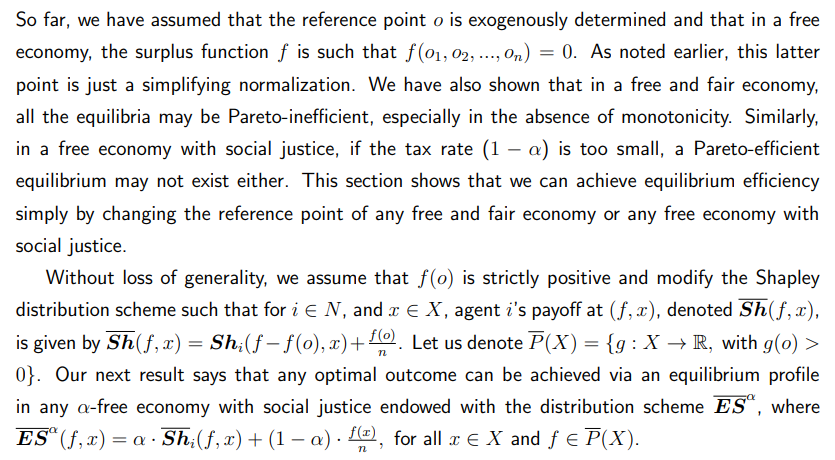Arizona Enforces New Regulations to Combat Crypto ATM Scams
TLDR
- Arizona introduces new regulations to curb crypto ATM scams and protect residents.
- The new law limits new users’ daily crypto ATM transactions to $2,000 and existing users to $10,500.
- Operators must issue transaction receipts and provide refunds to fraud victims within 30 days.
- The state has witnessed a significant increase in crypto ATM-related scams targeting vulnerable individuals.
- Arizona’s Attorney General emphasizes the need to protect seniors from scammers preying on their savings.
Arizona is rolling out new regulations aimed at reducing crypto ATM scams. The laws, set to take effect this week, will enhance protection for residents using these machines. Arizona has witnessed a significant increase in scams involving crypto kiosks, leading to large financial losses, especially among elderly residents. The new regulations are designed to address these issues and provide an added layer of security.
New Law Focuses on Fraud Prevention
The Cryptocurrency Kiosk License Fraud Prevention law introduces several measures to tackle fraud. Under the new law, the daily transaction limit for new users will be $2,000, while existing users can transact up to $10,500 per day. The law also mandates clear warning signs on crypto ATMs, urging users to be cautious of potential scams.
Attorney General Kris Mayes emphasized the importance of this legislation in a recent statement. “It is truly heartbreaking to hear the stories of individuals who have lost part or all of their life savings to fraudsters,” she said. She also pointed out that over $177 million was lost to crypto scams last year alone.
In addition to limiting transaction amounts, the law requires ATM operators to issue receipts for every transaction. This will ensure users have a record of their activities. Furthermore, users who report fraud within 30 days will receive a full refund.
Arizona’s Growing Battle Against Crypto ATM Fraud
Scammers have increasingly targeted crypto ATMs to exploit vulnerable residents. The machines allow individuals to exchange cash for cryptocurrencies like Bitcoin. Fraudsters often deceive victims by posing as government officials or romantic partners, convincing them to deposit large sums of money.
This wave of scams has caught the attention of local authorities and business owners. In response, Arizona’s Attorney General has urged businesses to cooperate in preventing crypto ATM fraud. Efforts like posting warning signs aim to raise awareness and protect the public.
The state’s actions come after a rise in scams across the U.S., where crypto thefts have reached alarming levels. In 2023 alone, Americans lost $5.6 billion to crypto-related fraud, with seniors being the primary target. Arizona’s new regulations aim to curb these crimes and offer greater protection to its residents.
The post Arizona Enforces New Regulations to Combat Crypto ATM Scams appeared first on CoinCentral.
You May Also Like

Aave DAO to Shut Down 50% of L2s While Doubling Down on GHO

The Role of Reference Points in Achieving Equilibrium Efficiency in Fair and Socially Just Economies
